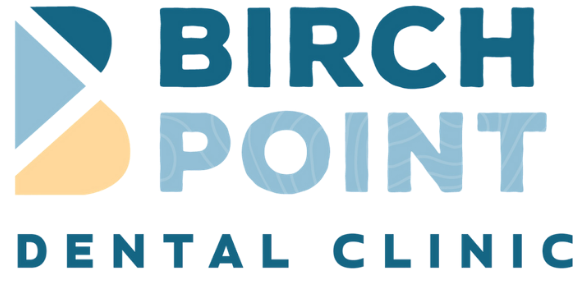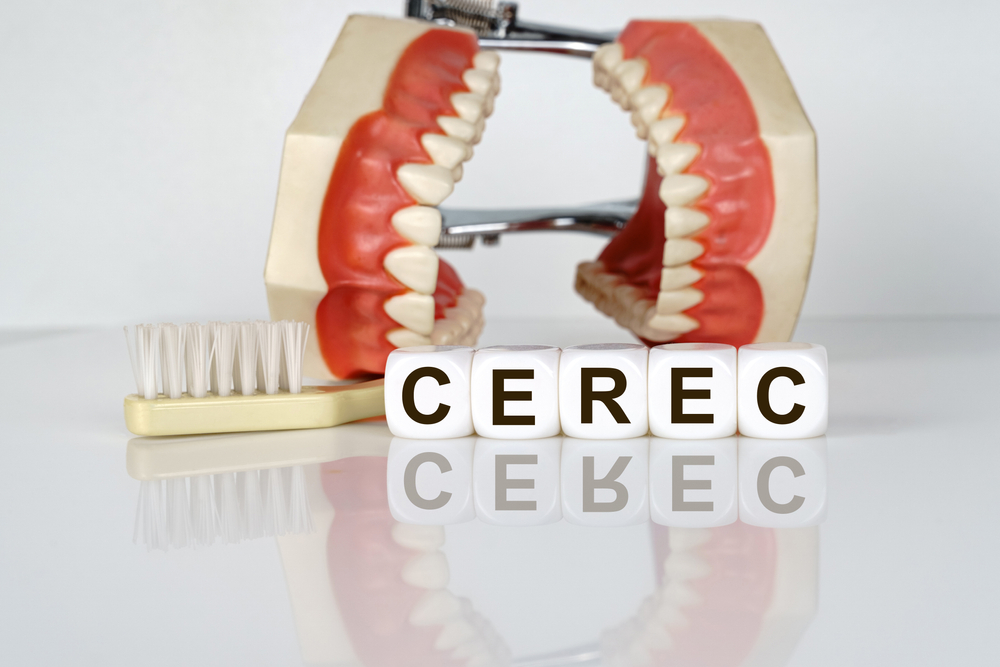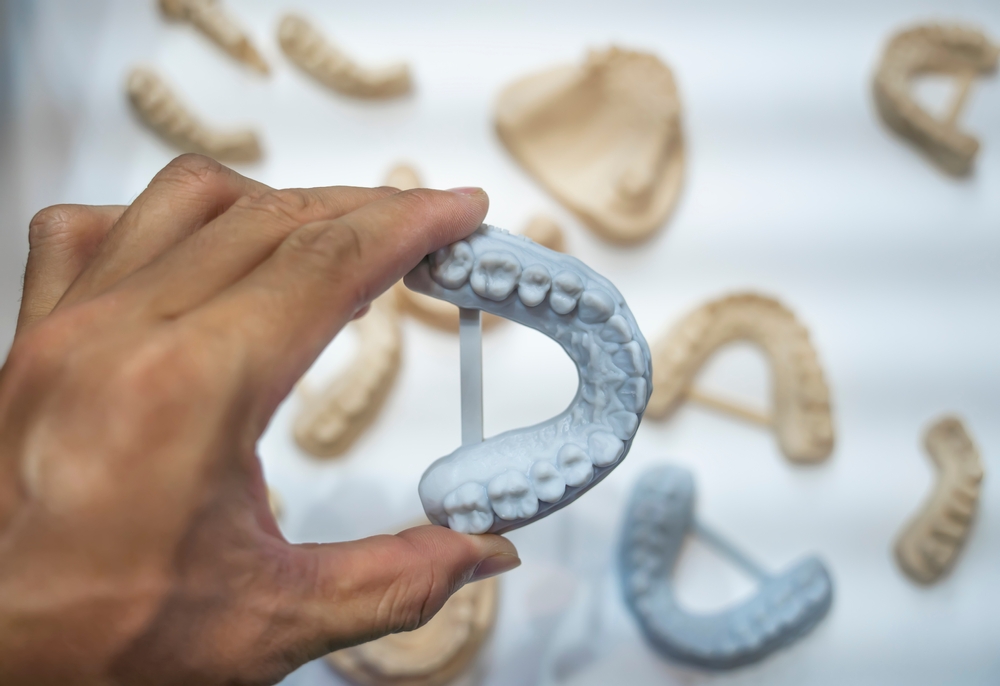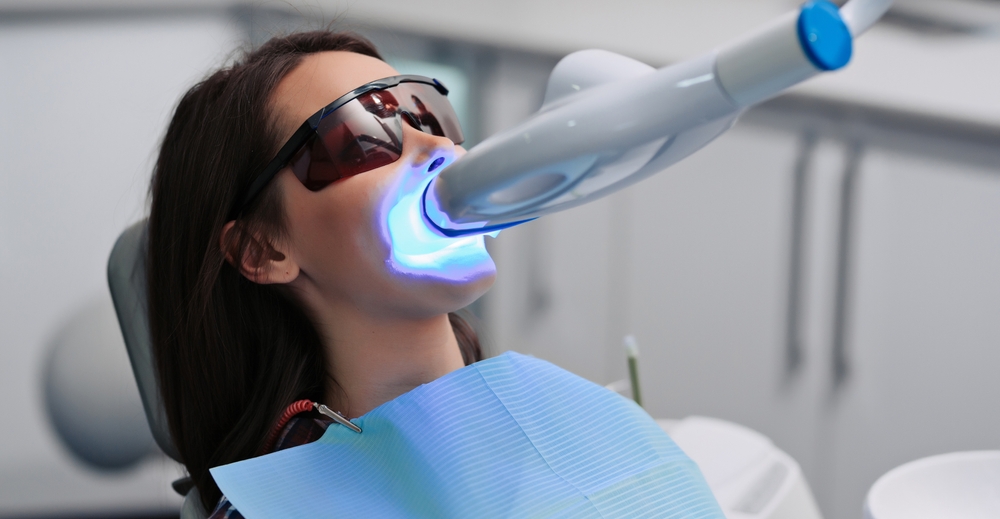Dental technology has made leaps and bounds in recent years, with 3D printing emerging as a game-changer in the field. At Birch Point Dental Clinic in Thunder Bay, ON, Dr. Sanket Upadhyay is embracing this cutting-edge technology to enhance patient care through more personalized, efficient, and precise treatment options. Let’s dive into the remarkable ways 3D printing is revolutionizing dental applications, from the manufacturing of crowns to aligners, and explore why this advancement marks a new era in dentistry.
The Evolution of 3D Printing in Dentistry
3D printing, also known as additive manufacturing, has been in development for decades, but its applications in the medical and dental fields have gained significant momentum only recently. Initially, 3D printing was limited to creating prototypes, but now, it has evolved to produce functional parts, materials, and even biocompatible structures suitable for medical use. Dentistry, with its demand for high precision, customization, and time-sensitive treatments, is particularly well-suited to benefit from these advancements.
In dental applications, 3D printing technology allows clinics to fabricate highly accurate and personalized dental restorations. This approach cuts down the waiting time, reduces the need for outsourcing, and provides a faster and more comfortable experience for patients.
How 3D Printing Benefits Patients and Dentists Alike
For patients at Birch Point Dental Clinic, 3D printing enhances their experience in numerous ways:
- Shorter Wait Times: Traditionally, producing dental prosthetics or aligners required multiple clinic visits. With 3D printing, Dr. Upadhyay and his team can create customized crowns, dentures, or implants within hours, sometimes even during a single appointment.
- Greater Accuracy and Fit: Conventional methods often involve impression molds that can be uncomfortable and prone to slight inaccuracies. 3D printing works from digital scans, ensuring precise designs that fit perfectly, reducing the chances of adjustments or discomfort.
- Enhanced Patient Comfort: Because the process is digital, patients at Birch Point Dental Clinic experience fewer messy impressions and uncomfortable fittings, which are often part of traditional dental procedures.
- Environmentally Friendly: By reducing the need for physical molds and minimizing material waste, 3D printing contributes to a more eco-friendly dental practice.
Key Dental Applications of 3D Printing
3D printing is now applied across a range of dental procedures, from simple restorations to more complex orthodontic solutions. Here are some notable applications transforming patient care at Birch Point Dental Clinic:
1. Crowns and Bridges
Creating a crown or bridge traditionally involved multiple appointments, with the dentist taking molds and sending them to a lab for fabrication. With in-house 3D printing, Dr. Upadhyay can now produce these restorations in a fraction of the time. Patients can receive a customized crown or bridge in just a few hours, with designs tailored precisely to their oral anatomy.
2. Dental Implants
3D printing assists in creating surgical guides for implants, enhancing the precision and placement of these devices. By using computer-aided design (CAD) and computer-aided manufacturing (CAM) technology, dental professionals can develop highly accurate guides that result in more predictable implant surgeries. This means less time in the chair, reduced recovery time, and higher success rates.
3. Orthodontic Aligners
Clear aligners have transformed orthodontics by providing a nearly invisible alternative to braces. With 3D printing, Birch Point Dental Clinic can create custom aligners more efficiently, producing a series of aligners that progressively move teeth over time. This approach allows patients to enjoy a seamless and comfortable orthodontic experience without the hassle of metal brackets and wires.
4. Surgical Guides and Models
3D printing enables the creation of detailed surgical guides and models, allowing for precise planning in complex procedures. For Dr. Upadhyay, this means he can visualize the structure of a patient’s mouth more accurately, leading to better decision-making and outcomes. These guides and models are especially valuable in complex cases, such as reconstructive surgeries or implant placements.
The Technology Behind 3D Printing in Dentistry
3D printing uses a variety of technologies, including:
- Stereolithography (SLA): Known for its accuracy, SLA is commonly used for making models and aligners. It involves a laser curing liquid resin layer by layer, creating highly precise and smooth results.
- Digital Light Processing (DLP): Similar to SLA but often faster, DLP is particularly useful for high-volume production of dental parts, such as temporary crowns.
- Selective Laser Sintering (SLS): Using powdered material, typically metals, SLS is employed in applications that require high strength, like surgical tools or long-term dental implants.
Each technology has specific applications, allowing Dr. Upadhyay to choose the most effective approach based on the patient’s needs and the procedure’s requirements.
3D Printing Materials in Dentistry
Dental 3D printing utilizes biocompatible materials that can endure the oral environment. Commonly used materials include:
- Resins: Ideal for crowns, bridges, and aligners, resins can be customized for various properties like flexibility, durability, and translucency.
- Ceramics: Used for permanent crowns and prosthetics, ceramic materials mimic the natural appearance of teeth and offer strength and longevity.
- Metals: Metals like titanium are used in implant manufacturing, providing robust support for restorative and reconstructive applications.
These materials have advanced significantly in recent years, allowing 3D-printed dental solutions to be more functional and durable than ever before.
Challenges and Future Directions
While the advantages of 3D printing in dentistry are significant, there are challenges. The technology and materials remain costly, which can increase treatment costs for patients. Additionally, not all materials are universally biocompatible, which necessitates ongoing research to develop materials that are both safe and cost-effective.
Looking forward, advancements in bio-printing could allow for the development of tooth-like structures that promote natural tissue regeneration. The integration of AI in 3D printing is also on the horizon, allowing for smarter, more adaptive printing solutions that can further reduce human error and streamline production processes.
Why Birch Point Dental Clinic Embraces 3D Printing
Birch Point Dental Clinic is committed to delivering the highest quality care and most efficient treatment solutions to patients. By integrating 3D printing technology, Dr. Sanket Upadhyay can provide services that are faster, more comfortable, and tailored to the unique dental needs of every patient. From reducing wait times to ensuring precise results, the benefits of 3D printing align perfectly with the clinic’s dedication to innovation and patient satisfaction.
Transforming the Dental Experience: The Future is Here
3D printing represents a breakthrough in the dental industry, allowing clinics like Birch Point Dental Clinic in Thunder Bay, ON, to offer advanced treatments that were once unimaginable. With continued innovation and refinement, 3D printing will become an even more integral part of dental care, promising to deliver ever-greater levels of accuracy, customization, and convenience for patients. For those seeking the latest in dental technology, Birch Point Dental Clinic stands at the forefront, ready to bring the future of dentistry to Thunder Bay.
Sources:
- Sun, J., & Zhang, L. (2012). The application of rapid prototyping in prosthodontics. Journal of Prosthodontic Research.
- Dawood, A., Marti, B. M., Sauret-Jackson, V., & Darwood, A. (2015). 3D printing in dentistry. British Dental Journal.
- Alharbi, N., Alharbi, S., & Cuijpers, V. (2019). 3D printing in dentistry: How and why. Journal of Clinical Orthodontics.





